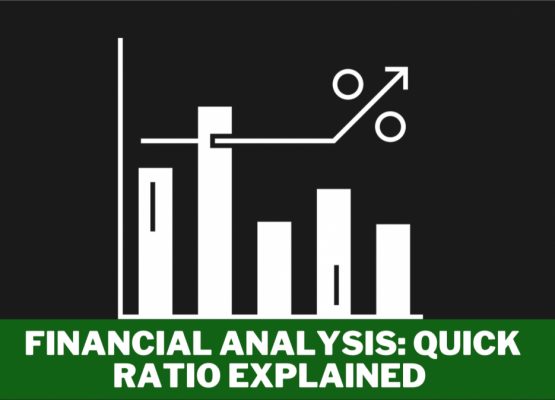The balance sheet, often referred to as the ‘snapshot’ of a company’s financial health, is an important document to consider if you are interested in investing in individual stocks. Understanding it allows you to assess the company’s stability and growth potential accurately. In this article, we will break down the components of a balance sheet and illustrate how it can be used in the context of fundamental analysis of a company.
Balance Sheet Basics
A balance sheet is composed of three main sections: assets, liabilities, and shareholders’ equity. The basic equation underpinning a balance sheet is Assets = Liabilities + Shareholders’ Equity. This equation signifies that a company’s resources (assets) are financed by either liabilities (what the company owes to others) or shareholders’ equity (the ownership interest).
Assets
Assets are what a company owns and can be categorized as either current or non-current. Current assets are those that the company expects to convert into cash within a year, such as cash, accounts receivable, and inventory. Non-current assets, on the other hand, are long-term investments that the company does not plan to convert into cash within a year, including property, plant, and equipment (PP&E), and intangible assets like patents or trademarks.
Liabilities
Liabilities, the obligations of a company, are also divided into current and non-current. Current liabilities are obligations due within a year, such as accounts payable and short-term debt. Non-current liabilities are long-term obligations not due within the year, such as long-term loans and bonds.
Shareholders’ Equity
Shareholders’ equity, also known as net assets or owner’s equity, represents the residual interest in the assets of the company after deducting liabilities. In simpler terms, it’s what the company would have left if it paid off all its liabilities. It includes paid-in capital (the capital shareholders invested) and retained earnings (the profits reinvested into the company instead of being paid out as dividends).
Analyzing the Balance Sheet
Now that we’ve defined the components, let’s delve into how you can use these details for investment analysis.
1. Liquidity Ratios
One of the first things investors consider in a balance sheet is the company’s liquidity – its ability to cover short-term obligations. Two commonly used liquidity ratios are the current ratio (current assets divided by current liabilities) and the quick ratio ((current assets – inventory) divided by current liabilities). If these ratios are greater than one, it signifies that the company can cover its short-term liabilities. However, very high ratios might indicate inefficiencies in using resources.
2. Solvency Ratios
Solvency ratios help determine a company’s ability to meet long-term obligations. The debt to equity ratio (total liabilities divided by total equity) is a critical measure of a company’s leverage. A high ratio indicates higher reliance on debt, which may be risky, though acceptable levels can vary by industry.
3. Efficiency Ratios
Efficiency ratios such as inventory turnover (cost of goods sold divided by average inventory) and receivables turnover (net credit sales divided by average accounts receivable) can indicate how well the company is managing its assets. Higher turnover ratios typically suggest effective asset management.
4. Profit Retention
The retained earnings part of the shareholders’ equity shows how much of the net income is being reinvested in the company. A consistently increasing retained earnings figure could indicate a company’s commitment to growth, which can be a positive sign for investors.
Conclusion
Analyzing a balance sheet can provide a wealth of insights about a company’s financial health, operational efficiency, and growth potential. While this guide serves as a starting point, remember that balance sheet analysis is just one financial statement of three – the statement of cash flows and the income statement. Additionally, you should view these financial statements in the context of an overall financial picture of the company you are considering investing in, which will include a deep dive of fundamental analysis and looking at various factors as a whole that could impact your investment in the stock. Nonetheless, understanding how to analyze the balance sheet is an important part of that process.




